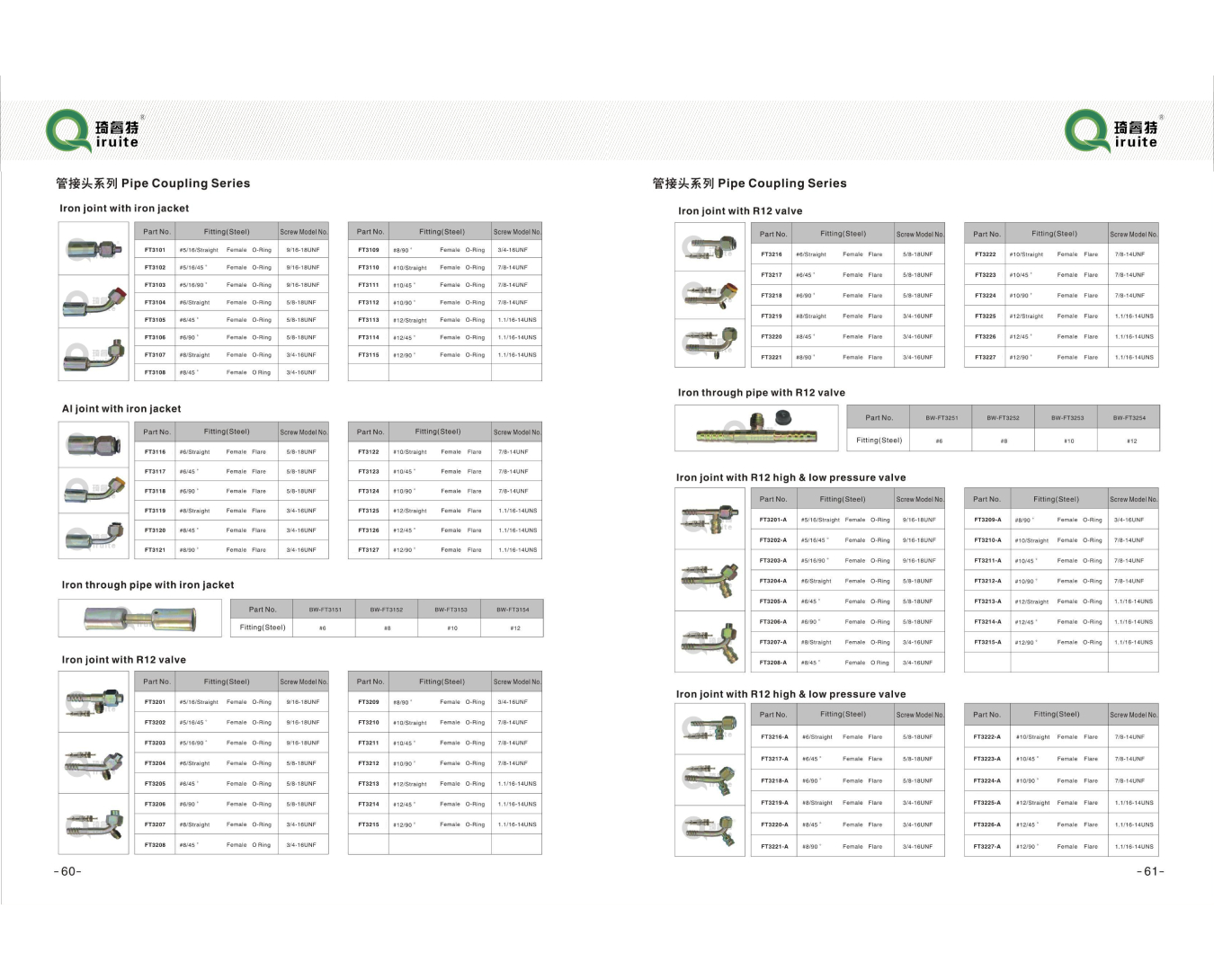changing power steering hose
Changing the power steering hose is an essential maintenance task that many car owners may overlook. The power steering system plays a crucial role in helping drivers maneuver their vehicles effortlessly. A critical component of this system is the power steering hose, which carries hydraulic fluid between the power steering pump and the steering gear. Over time, these hoses can become worn, cracked, or damaged, leading to leaks and reduced steering efficiency.
When you notice signs of power steering fluid leaks, such as puddles under the car or a whining noise when turning the steering wheel, it's essential to inspect the hoses. Driving with a compromised power steering hose can lead to more serious issues, including complete steering failure. Therefore, changing the power steering hose promptly is vital for maintaining both safety and performance.
Before beginning the replacement process, ensure you have the necessary tools and equipment. Generally, you will need a wrench set, screwdrivers, and safety gear like gloves and goggles. Consult your vehicle's service manual for specific instructions regarding the power steering hose replacement, as procedures may vary by make and model.
changing power steering hose

To start, prepare the vehicle by parking it on a flat surface and engaging the parking brake. It's advisable to disconnect the battery to prevent any electrical issues. Next, locate the power steering hose—a task that might require lifting the vehicle. Once you've accessed the hose, use the appropriate wrench to carefully loosen the fittings at both ends. Be cautious, as you might encounter residual hydraulic fluid that can spill.
After removing the old hose, compare it with the new one to ensure a proper fit. Installation is essentially the reverse of removal. Securely attach the new hose to the power steering pump and steering gear, making sure there are no obstructions or kinks. Once everything is connected, refill the power steering fluid as necessary and bleed the system to remove air pockets.
Finally, reconnect the battery and start the vehicle. Check for leaks and test the steering function, ensuring everything operates smoothly. Regularly inspecting and replacing the power steering hose can prevent more costly repairs in the future and keep your vehicle's steering responsive and safe.
-
Ultimate Spiral Protection for Hoses & CablesNewsJun.26,2025
-
The Ultimate Quick-Connect Solutions for Every NeedNewsJun.26,2025
-
SAE J1401 Brake Hose: Reliable Choice for Safe BrakingNewsJun.26,2025
-
Reliable J2064 A/C Hoses for Real-World Cooling NeedsNewsJun.26,2025
-
Heavy-Duty Sewer Jetting Hoses Built to LastNewsJun.26,2025
-
Fix Power Steering Tube Leaks Fast – Durable & Affordable SolutionNewsJun.26,2025

